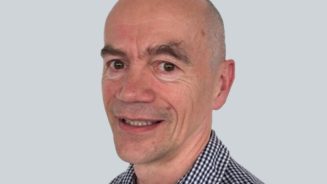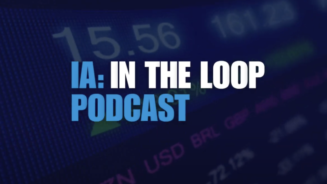How are you generating new marketing opportunities?
We are focusing on a number of key life companies in the way we market our products. This is the case in Asia, too, where HSBC Global Asset Management is strengthening its support for expat clients in Asia. For example, this year we are taking part in two major investor forums, in Hong Kong and Singapore. We will have speakers and stands at both events.
We are also supporting the International Adviser Fund Links Forum, which is taking place on 17 September in London. It is a great flagship event for the international life company industry and we are looking forward to catching up with many of our existing and prospective clients.
From a product perspective, we maintain our focus on our core HSBC Global Investment Funds emerging market equities and debt that have attracted strong inflows already.
We are also building on good inflows into our SICAV World Selection risk-weighted multi-asset portfolios, which are now available externally.
In terms of new developments, Asian fixed income is an area where we will provide our clients with a good solid offering. In addition, we are looking to offer a range of new low volatility products.
Which funds are proving most popular and what is your prediction for next year?
Some of the more popular funds within our range for offshore clients include the HSBC GIF Chinese and Indian equity funds, which provide single country exposure to the two biggest emerging markets in the region.
We have also seen a shift towards our offshore SICAV World Selection portfolios, a multi-asset strategy consisting of five risk-weighted funds.
Through the HSBC World Selection, our clients can gain access to equity and bond markets, as well as alternative markets when our asset allocation views allow, with the additional benefits of both strategic and tactical asset allocation.
The funds invest in a mix of different asset classes aiming to provide improved risk-adjusted long-term returns, when compared with a single asset class investment.
The shift towards the HSBC World Selection portfolios has been evident particularly among our European and Middle Eastern clients.
Demand for our emerging market debt (EMD) strategies also remains high, with attractive EMD valuations as the outlook for emerging market economies generally improves.
One of our most popular strategies here is the Global Emerging Market Total Return Debt Fund, which is the purest expression of the investment team’s views across the full range of available EMD asset classes.
The fund invests in both hard currency emerging market debt – both government and corporate – and local currency emerging market debt. It aims to deliver the average performance of the key hard and local currency EMD benchmarks, but with only 50-75% of their volatility.
We believe these trends will continue, perhaps complemented by niche thematic plays. Looking further ahead to any possible challenges, increases in market volatility may lead investors to focus more on income and low-volatility strategies.
How are international fund flows likely to go during the rest of 2015?
We expect fund flows will increase as emerging markets regain strength relative to their developed peers.
Even now, emerging market growth is relatively strong despite the recent slowdown. I believe that, in this environment, advisers will remain interested in emerging market strategies as a core satellite approach.
Biography
Mark Newsam first joined HSBC in 1994, running the institutional marketing services team before moving to the retail side of the business as an IFA broker consultant. He left HSBC after six years, qualifying as a financial adviser with Lloyds Bank, running a sales support team at DWS Investments and working for an IFA. He rejoined HSBC in 2009.




